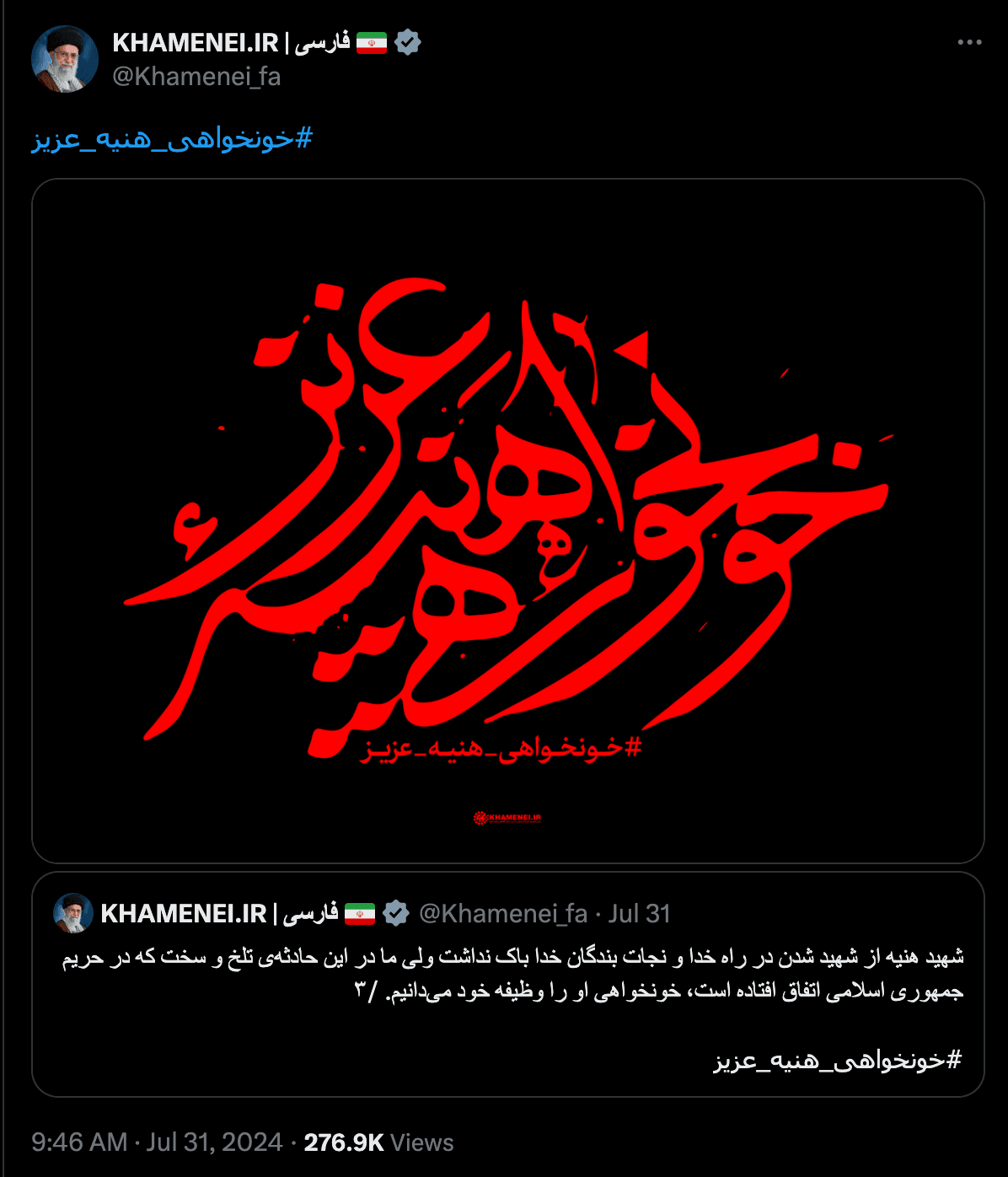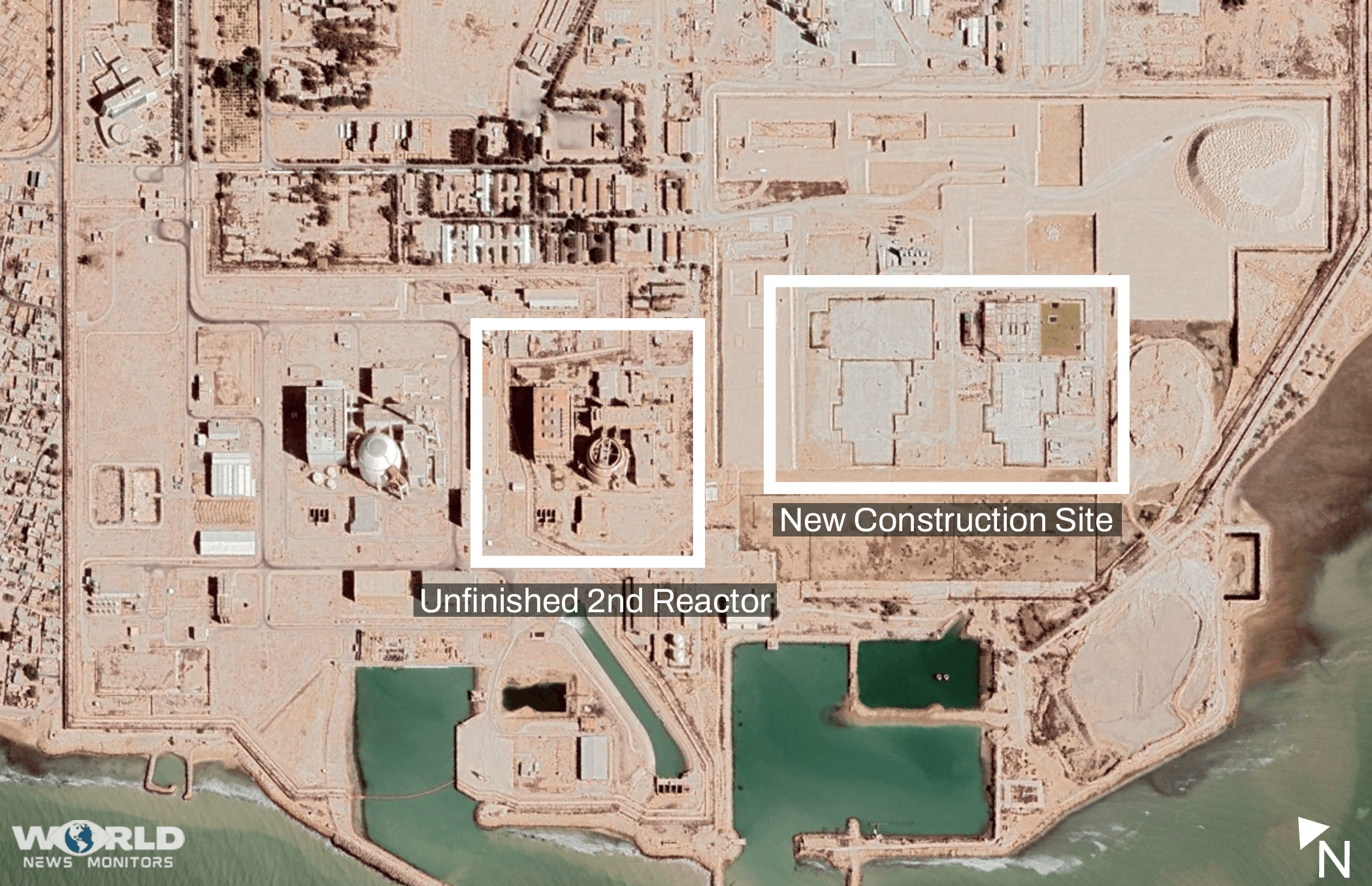TikTok at the Epicenter of the U.S.-China Trade War
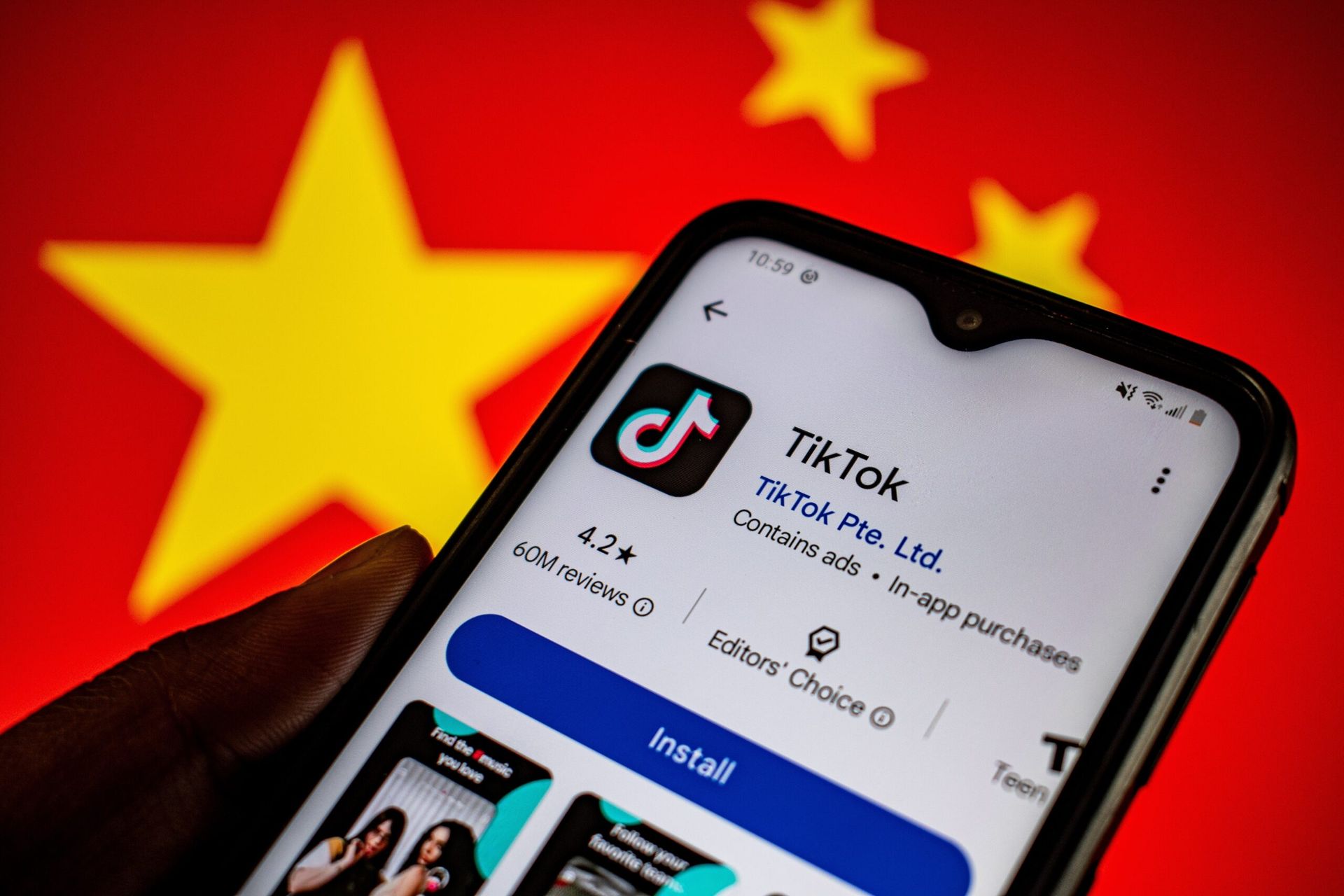
As of April 2025, TikTok has emerged as a significant point of tension in the evolving trade relationship between the United States and China. Originally designed as a platform for short-form video entertainment, TikTok—owned by the Chinese technology firm ByteDance—has become deeply intertwined with broader discussions surrounding national security, economic competition, and digital governance. The platform now finds itself at the intersection of complex geopolitical concerns, as policymakers in both Washington and Beijing weigh the implications of global tech influence and cross-border data management.
The broader trade conflict between the two countries has escalated in recent months, with the United States implementing a new round of tariff increases on Chinese imports—some reaching as high as 145%. U.S. officials have cited economic equity and national security risks as justification for these measures. In response, China imposed retaliatory tariffs of up to 125% on American goods and announced a pause in discussions related to the future of TikTok’s U.S. operations.
At the heart of the disagreement is the question of TikTok’s proprietary recommendation algorithm, a core feature of the platform that drives user engagement. While the U.S. government has expressed concerns that the algorithm could be used for surveillance or information manipulation, Chinese authorities have classified it as a sensitive technology subject to export restrictions. ByteDance now faces competing demands, with U.S. regulators calling for divestment of TikTok’s American business and Chinese law limiting the company’s ability to transfer key technological assets abroad. The Trump administration has extended the deadline for a resolution by an additional 75 days, setting the new cutoff at June 19, 2025, though the prospects for a mutually agreeable outcome remain uncertain.
Beyond the policy debates, TikTok has increasingly become a space where global economic dynamics play out in real time. Influencers and small businesses—particularly those based in China—are using the app to promote direct-to-consumer sales, often bypassing traditional supply chains and retail intermediaries. This has sparked broader discussions about globalization, intellectual property, and market access, as well as the evolving role of social media platforms in shaping commercial trends across borders.

From handbags and laundry pods to Birkenstock-style shoes for $10, these viral videos not only promote products but challenge Western retail pricing and sourcing standards. TikTok’s feed now features factory workers and entrepreneurs explaining how to order directly from China using apps like Taobao and DHgate—often revealing shocking details about how similar (or identical) products are priced exorbitantly on Amazon or in U.S. stores.
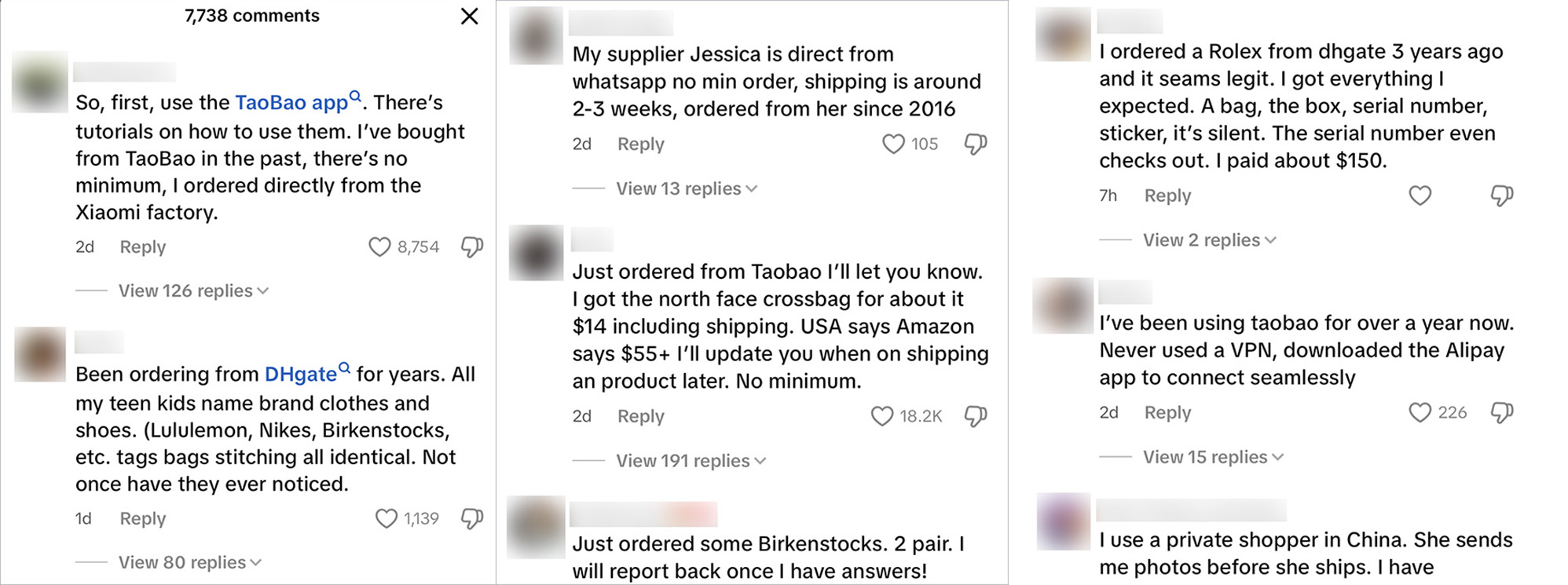
The posts triggered a tidal wave of engagement. Comments reveal a growing awareness—and disillusionment—with branded retail pricing. “Been ordering from DHgate for years… tags, bags, stitching all identical.” “Just ordered from Taobao, got it for $14. Amazon wants $55.” “My supplier Jessica is direct from WhatsApp… no minimum order.” These anecdotes highlight how consumers are educating each other in real time, sharing contact info for private sellers, tutorials for using Chinese apps, and stories of navigating customs. Some even admit to buying counterfeit luxury goods. The line between bargain-hunting and intellectual property theft is increasingly blurred.
Amid this commercial surge, there is also a rising tide of AI-generated propaganda. On both TikTok and Chinese platforms like Weibo and Bilibili, state-influenced content has emerged mocking American policies and politicians. These digital narratives praise China’s resilience and cast the trade war as evidence of U.S. decline. This digital information campaign—whether organically driven or state-sponsored—reflects a broader geopolitical strategy: using viral content and platforms to shape global perception.
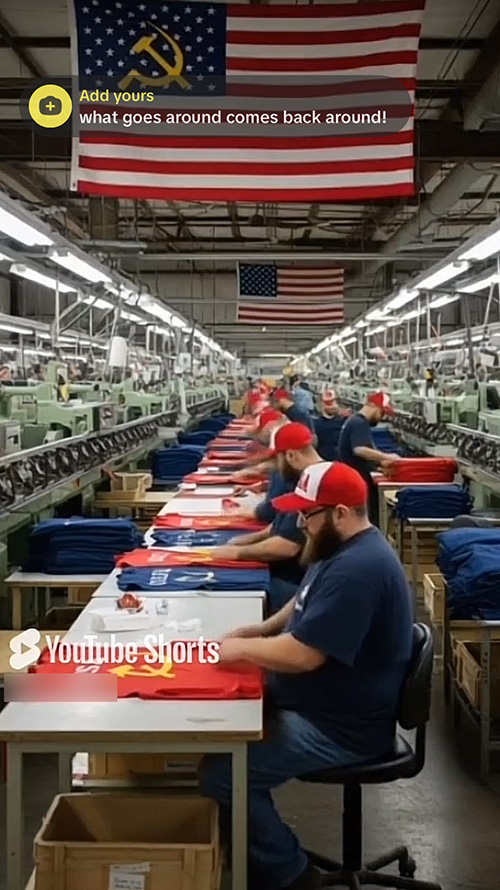
As the June deadline approaches, international attention remains focused on the evolving situation. TikTok has come to represent more than a social media platform—it reflects the broader intersections of technology, commerce, and global influence. The outcomes of current negotiations and policy decisions may have lasting implications for how countries approach digital governance, international technology investments, and consumer protection.
The growing role of social media in shaping public discourse highlights the importance of understanding its influence on both economic and national security considerations. In an increasingly interconnected digital landscape, questions around data management, platform ownership, and narrative control continue to spark important global conversations.
More from the author
